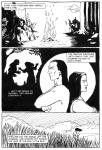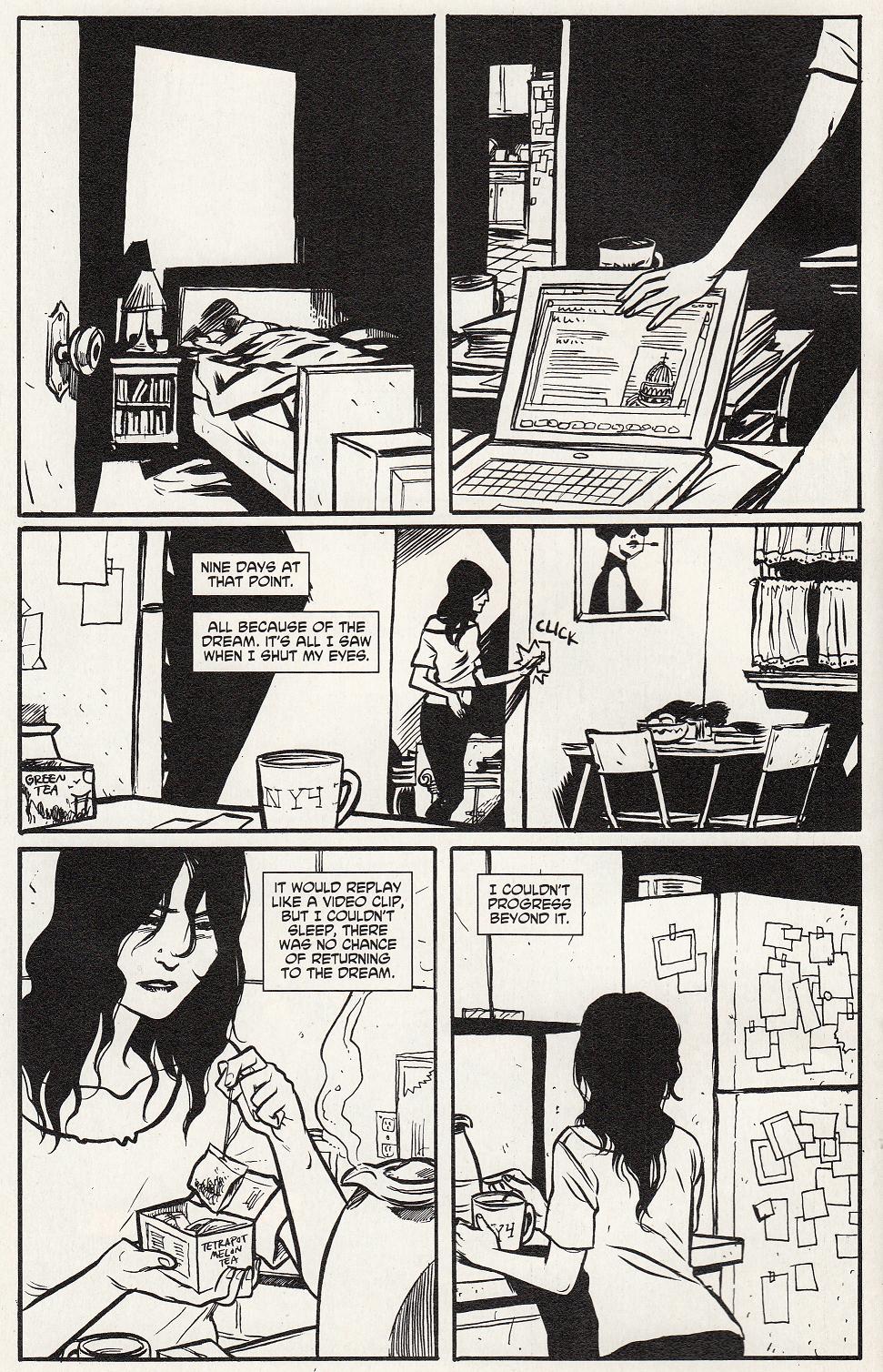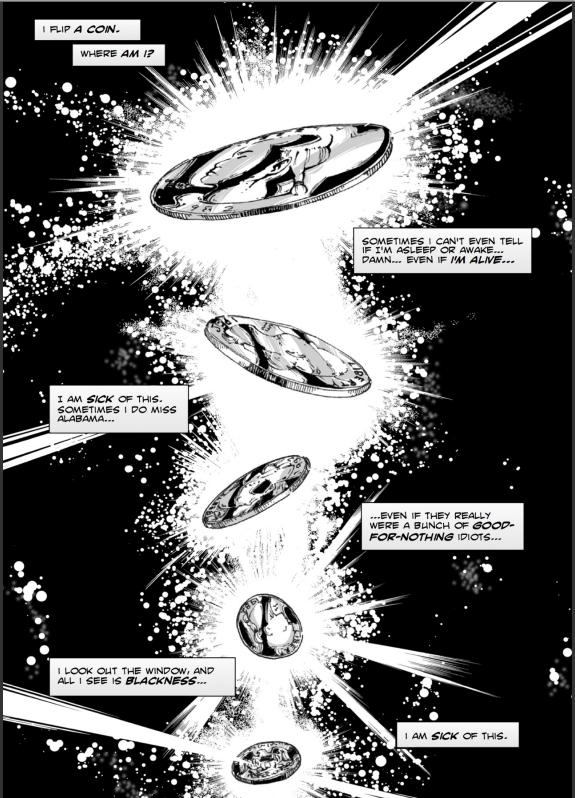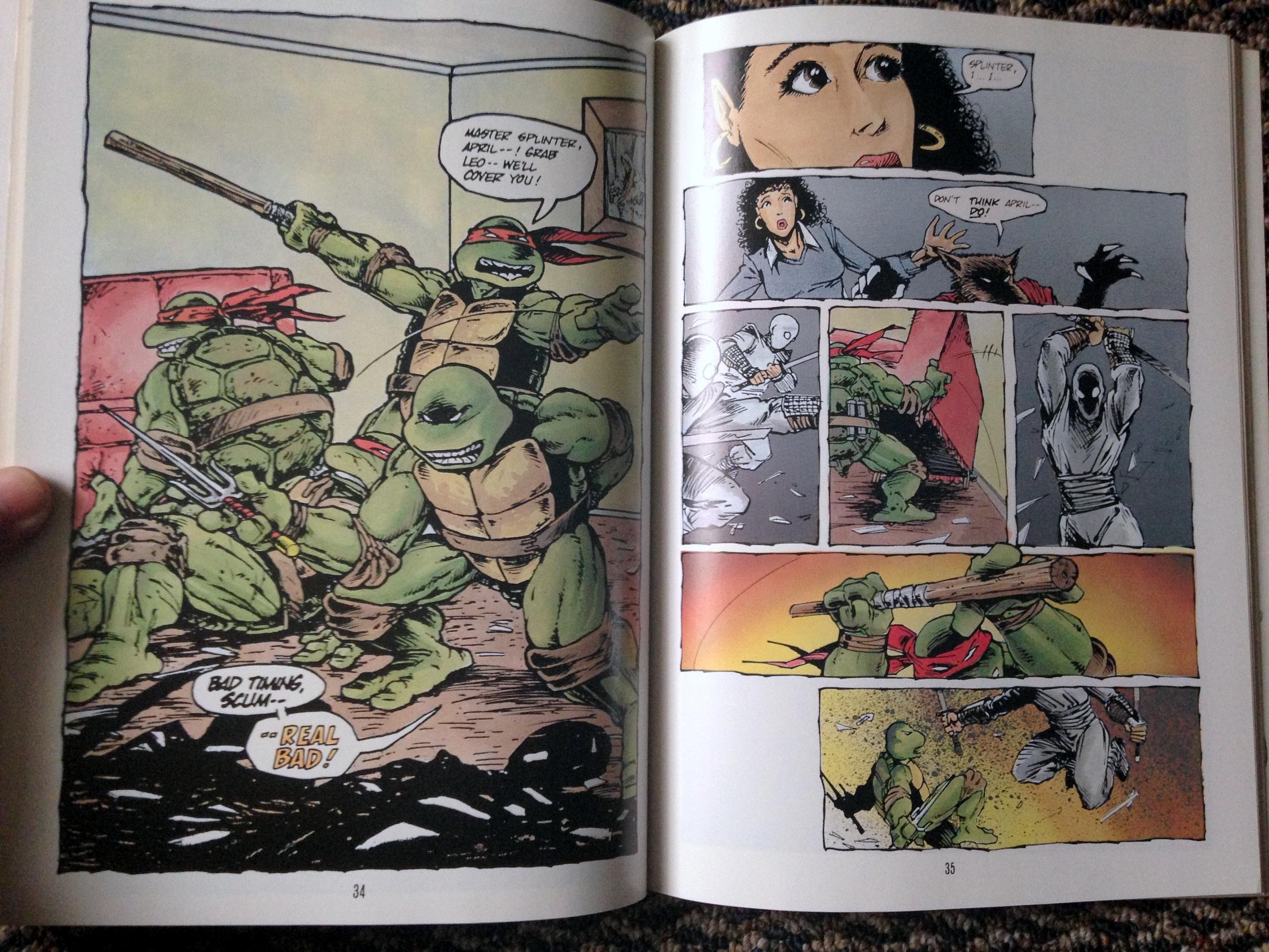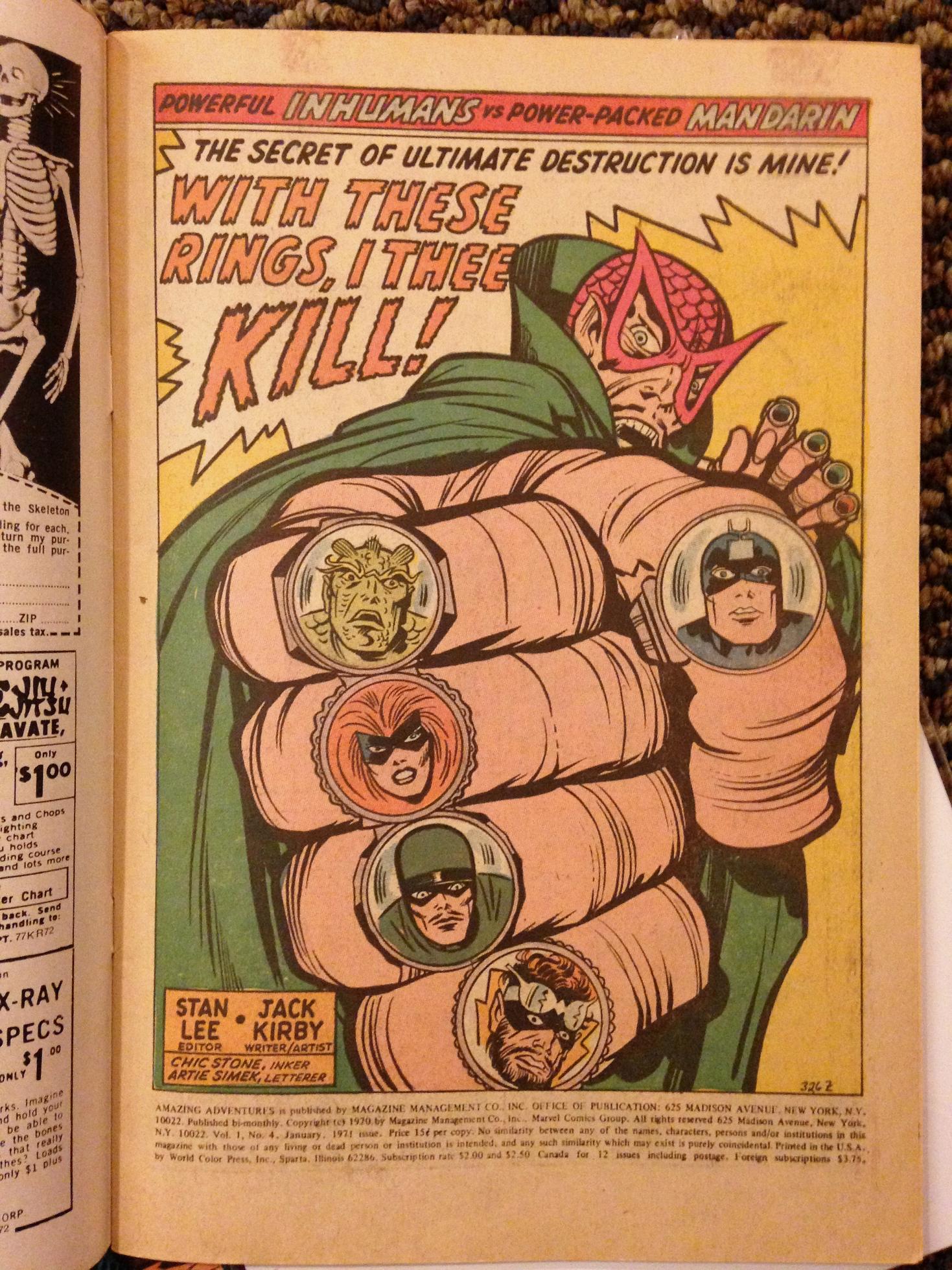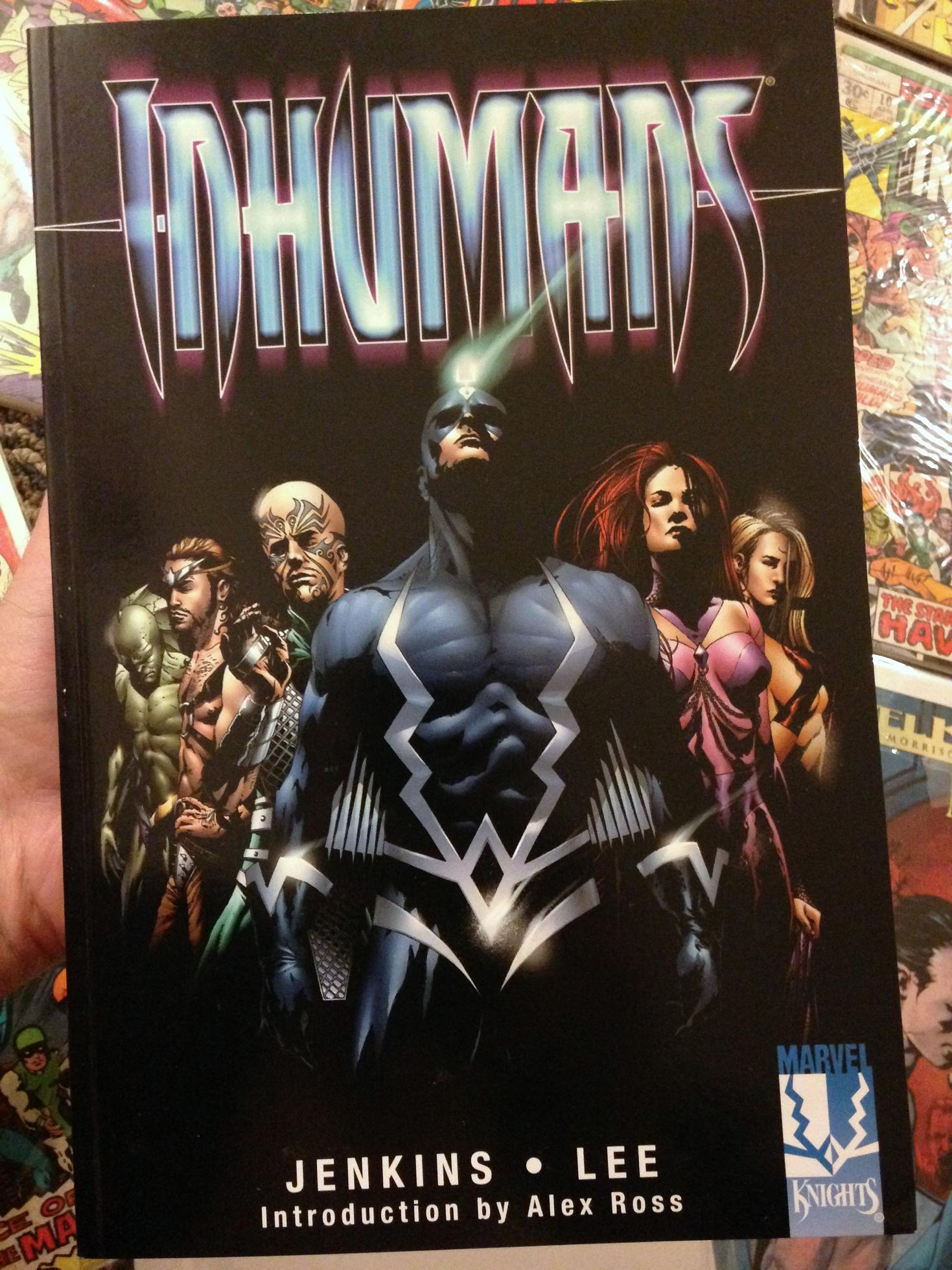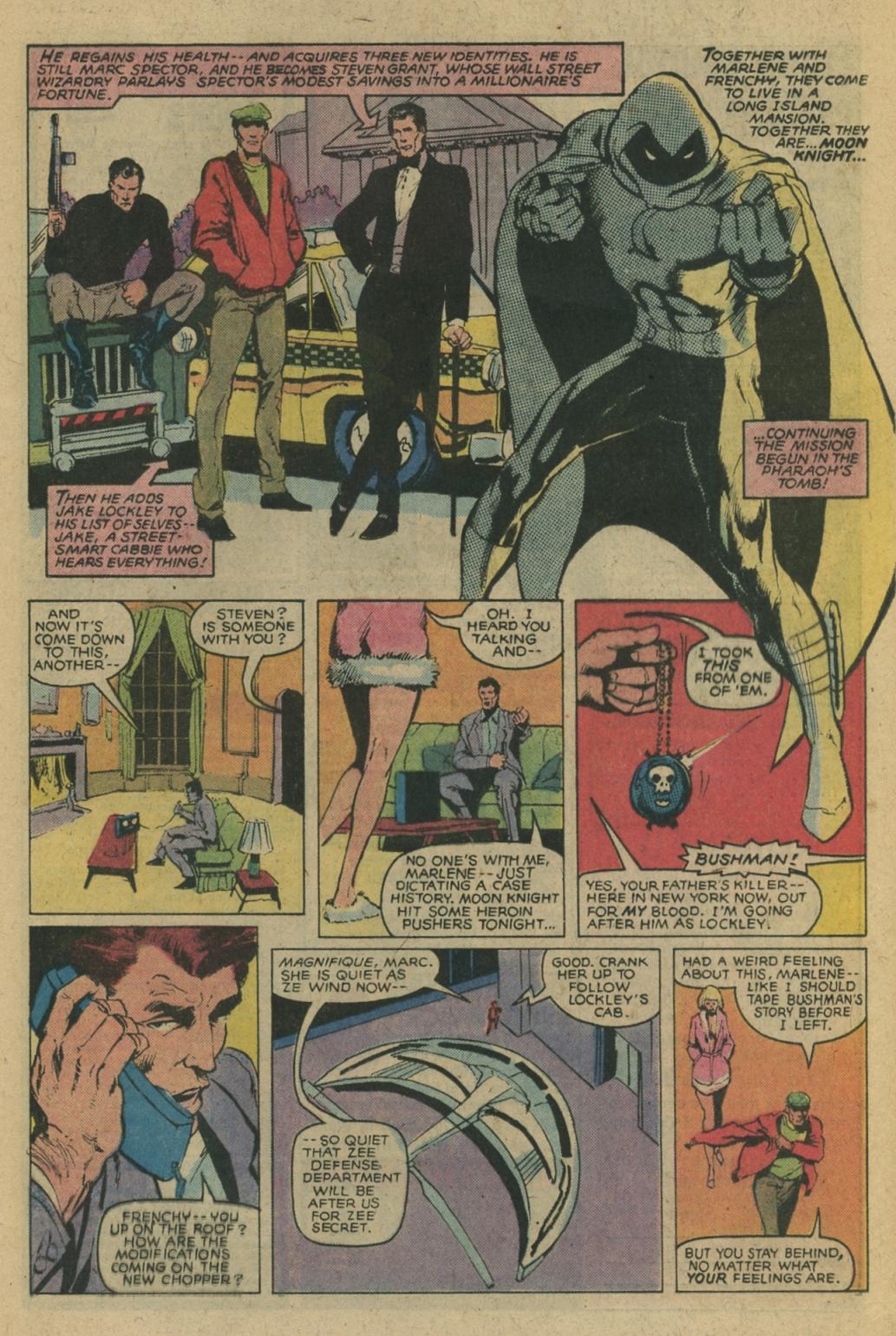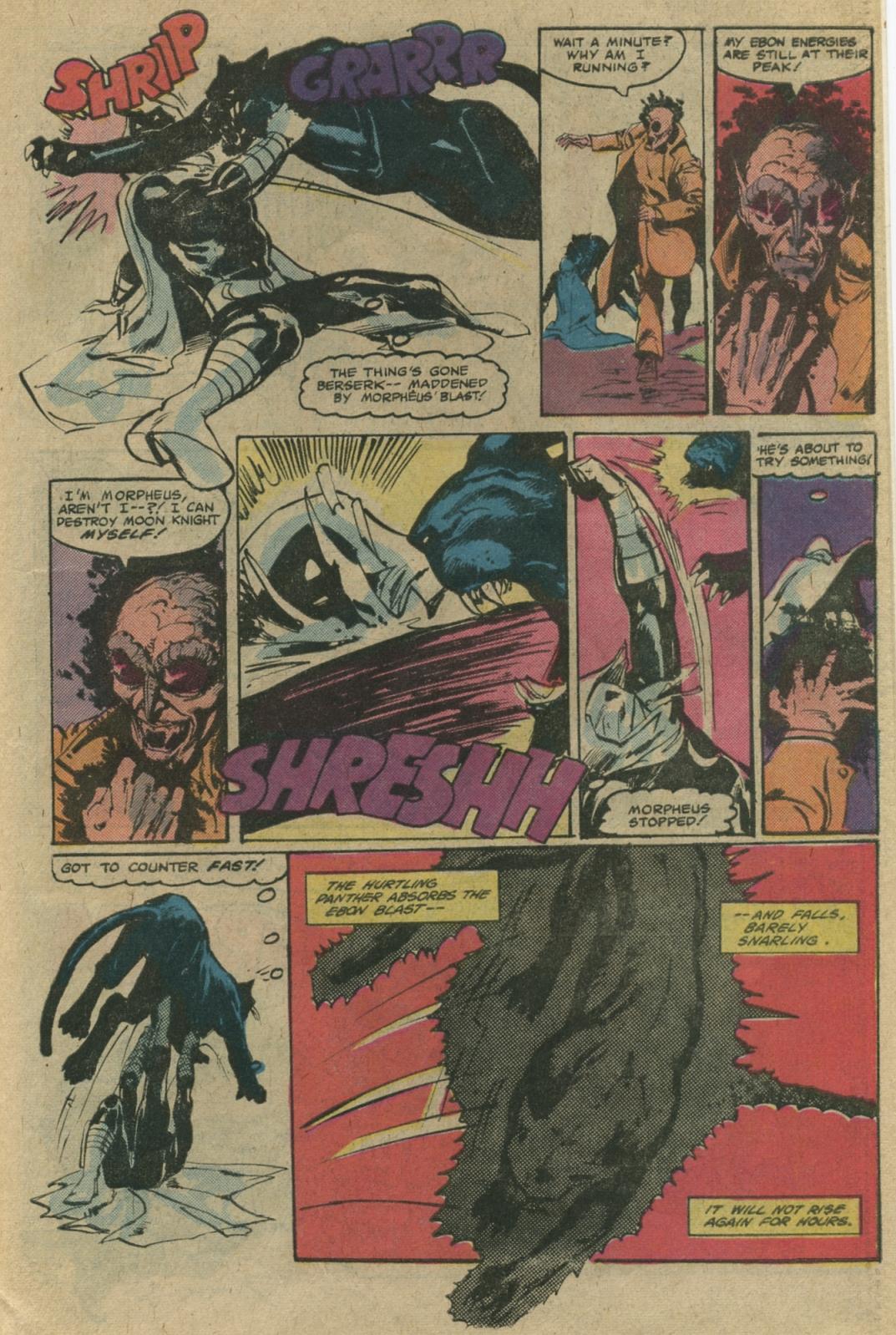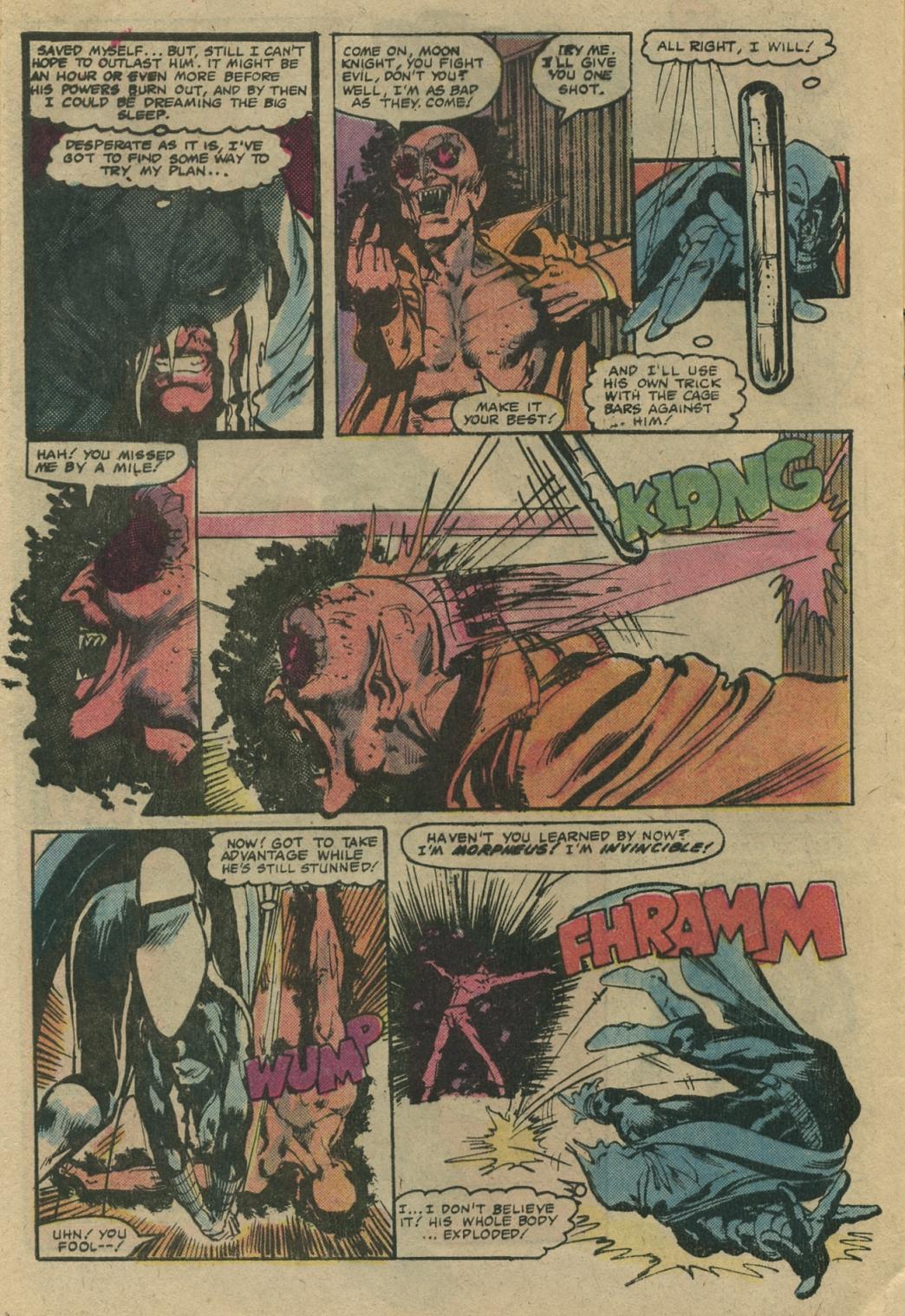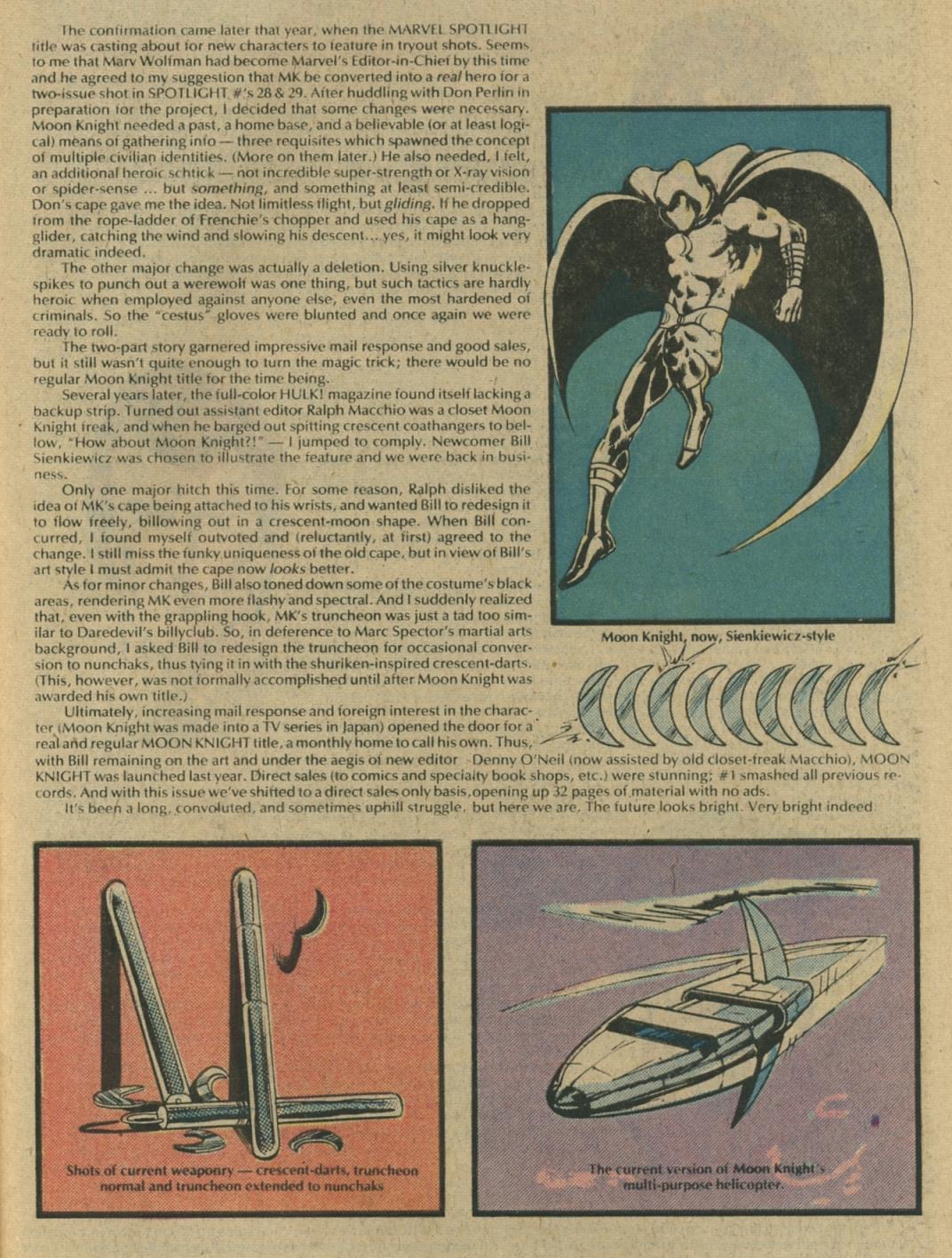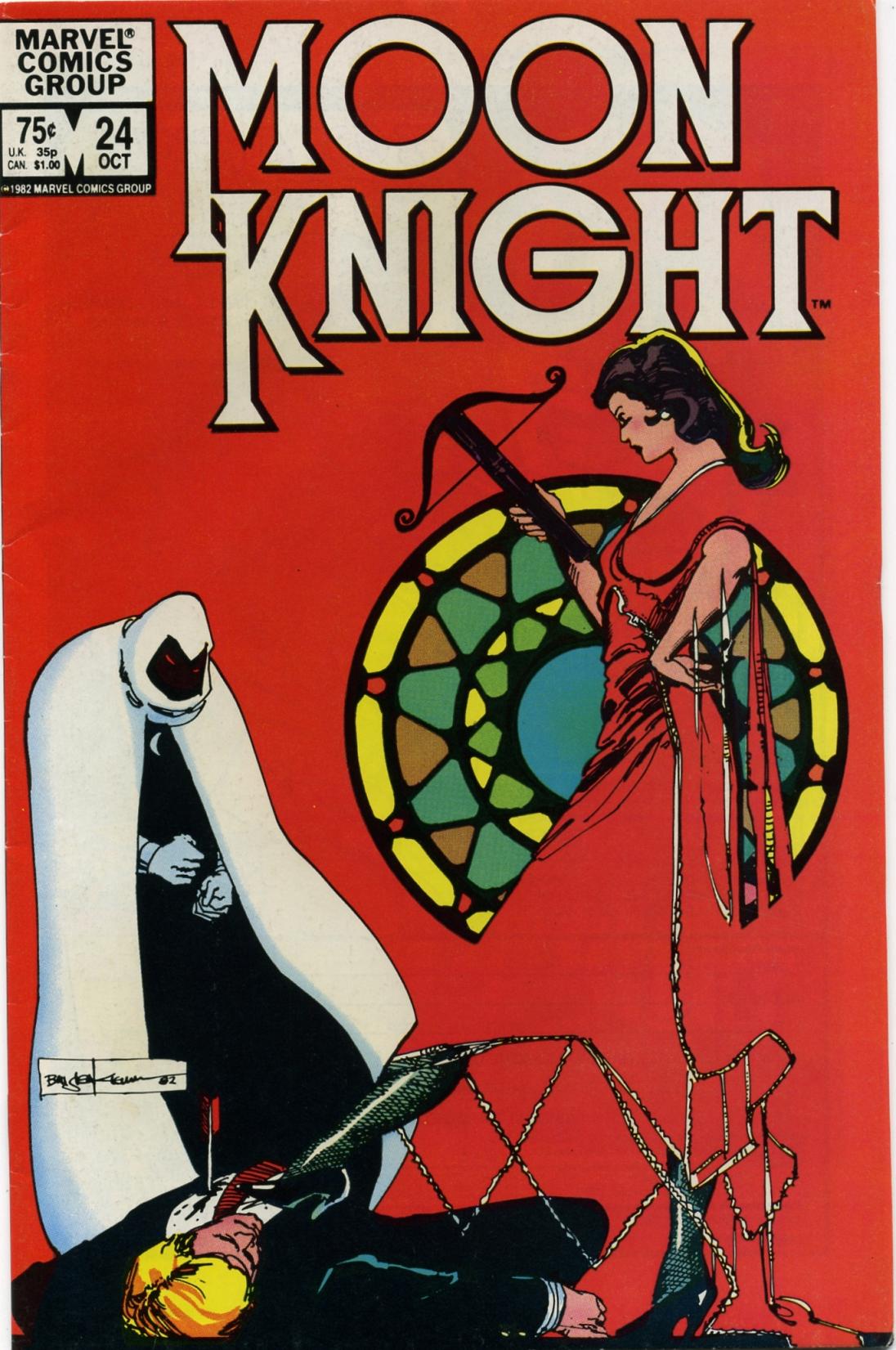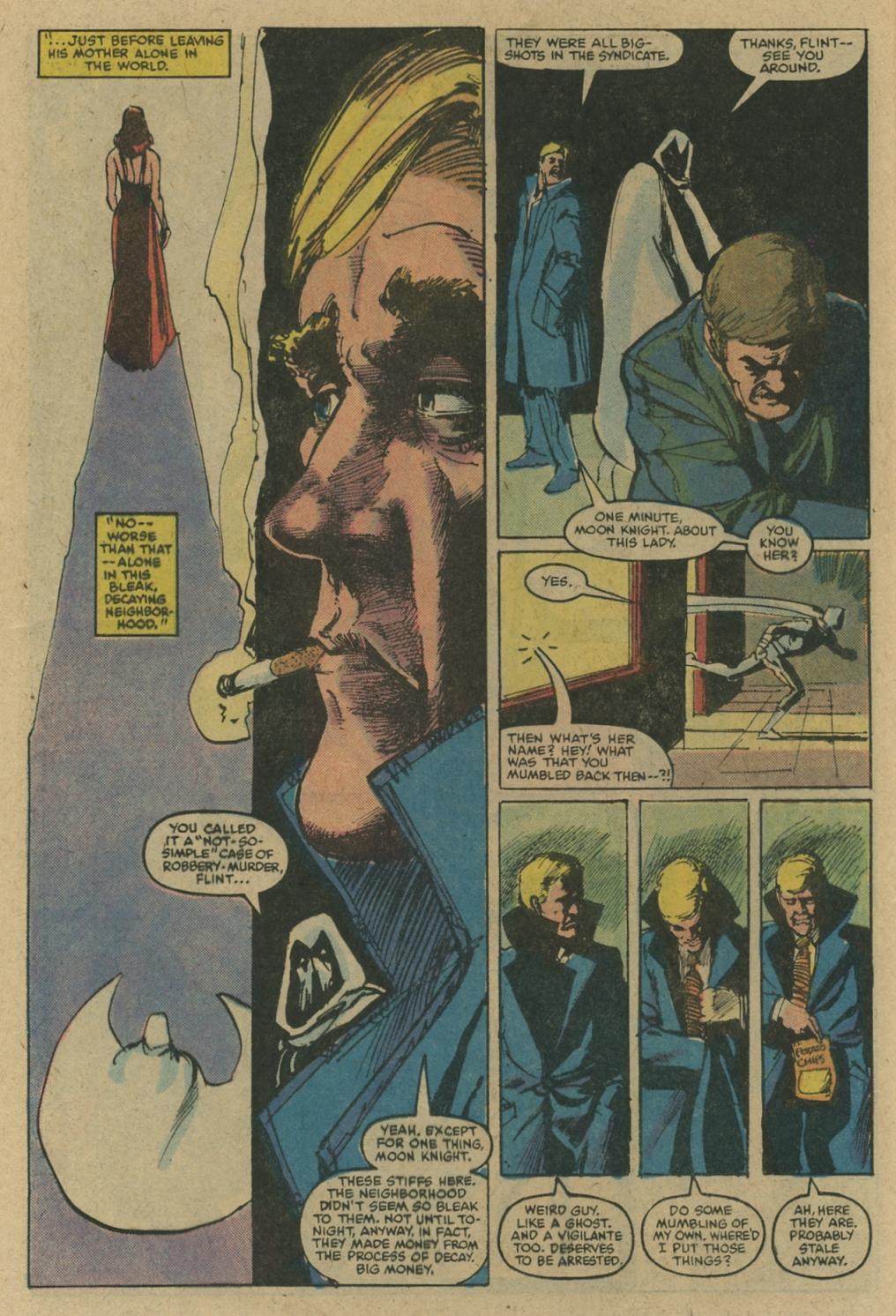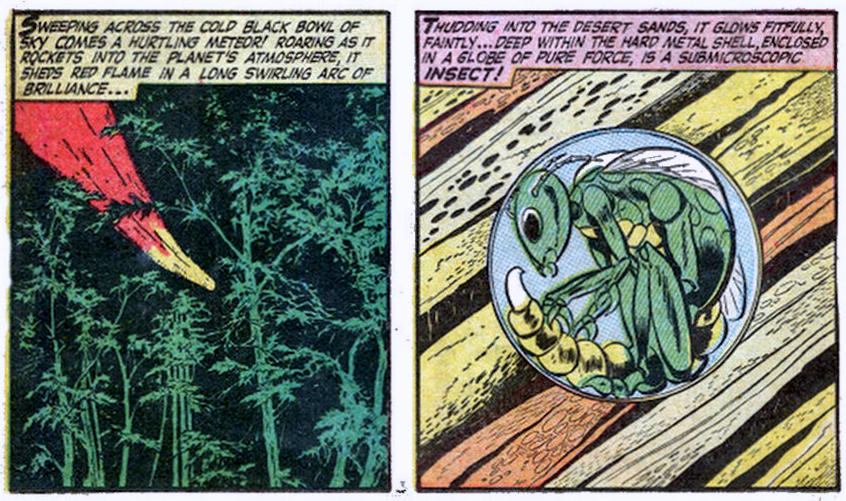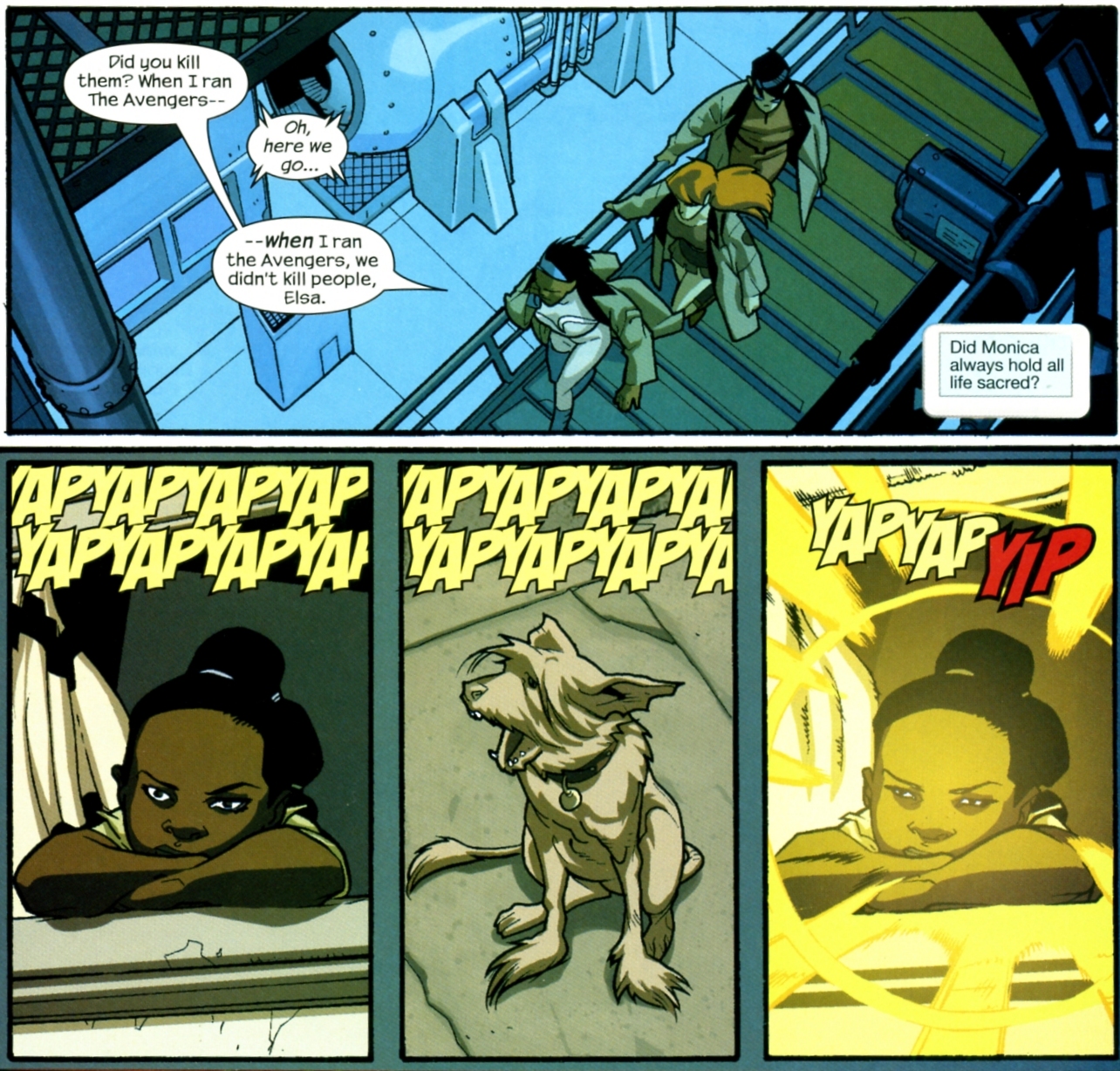Tags
big box of comics, Boom Studios, cats, first issue, indie box, Indie Comics, Mark Buckingham, Marvel Comics, MiracleMan, Neil Gaiman, Peter Gross, Tom King
As Mars Will Send No More began its fourteenth year, a couple of new additions arrived. One brings an ending of sorts to a story some fans have been waiting three decades to see, and the other begins a fresh take on an even older tale.
Miracleman: The Silver Age #7 concludes the introduction of a resurrected Young Miracleman into a utopian world whose society, norms, and morality are completely foreign to the young man with a rather conservative mindset. After all, his most recent memories were formed in a colorfully childish and morally unambiguous fantasy version of the 1950s. He’s a man out of time struggling to understand a new world he never could have imagined, while also facing the fact that almost everything he remembers was a lie.
The resulting conflict was cut short in 1993 when Eclipse Comics collapsed after having published only the first two issues of The Silver Age by Neil Gaiman and Mark Buckingham, and the decades-long legal battles over the rights to the Miracleman character prevented its completion. When Marvel Comics began reprinting the series ten years ago in 2014, longtime miracle-fans eagerly anticipated the conclusion of The Silver Age. But the first issue of The Silver Age reprint—not reprinted so much as re-drawn and re-colored—didn’t ship until late 2021, and its final, seventh issue didn’t ship until January 2024.
Since this is the longest-awaited conclusion of perhaps any comic book of all time, I find it difficult to judge it fairly. Overall, the resolution feels decidedly anticlimactic—but what ending wouldn’t feel that way after thirty years? It’s consistent with Gaiman’s knack for understated storytelling, his tendency to resolve conflict through conversations rather than spandex-clad fistfights. And in all fairness, it turns out that The Silver Age is a set up for a finale in the next arc: The Dark Age. Still, I can’t help but feel a little disappointed in a quiet and transitional ending to this chapter in one of the greatest and most original superhero stories ever told.
That being said, the artwork is gorgeous, both the re-drawn pages of the original issues and the newly created pages for the last five issues. The heartfelt exploration of Young Miracleman’s struggles to emotionally cope with his fake past, his real past, and his utterly confusing present culminate in issue #7 with a decision about his future. So, sign me up for The Dark Age, and let’s see what Gaiman and Buckingham have planned for a utopia in crisis.
The other new addition is the first issue of Animal Pound from Boom Studios, written by Tom King, who is more widely known for recent work on Batman, with art by Peter Gross. Like The Silver Age, it promises to ask some tough questions about the creation of a utopian society; this time, by a group of captive animals who attempt to liberate themselves from the humans at the local pound on the night when one of the dogs is scheduled to be killed.
It’s clearly based on concepts from George Orwell’s Animal Farm, so I expect we will see some rather dark turns of events—hints of which are dropped in the first issue. Animal Farm explored how an uprising based on communist ideals of cooperation and equality was subverted by unscrupulous leaders who betrayed those ideals to create an exploitative, totalitarian nightmare. How Tom King intends to adapt the story remains to be seen, but the first issue suggests that he will initially address a much more primal concern: What do we do when the food runs out?
I’m all aboard for the second issue, which should be available in February. The prose and the art combine to communicate a mix of both hope and dread, of the tension between idealism and more pragmatic concerns. I also love a good story that features cats acting appropriately feline. Animal Pound might be my favorite portrayal of comic-book cats since We3, closely followed by Neil Gaiman’s recently adapted Dream of a Thousand Cats from Sandman #18, and I am looking forward to seeing the drama of this attempted utopia unfold.
Collector’s Guide:
—Miracleman: The Silver Age #7 now in print. Also in digital format.
—Animal Pound #1 now in print. Also in digital format.































